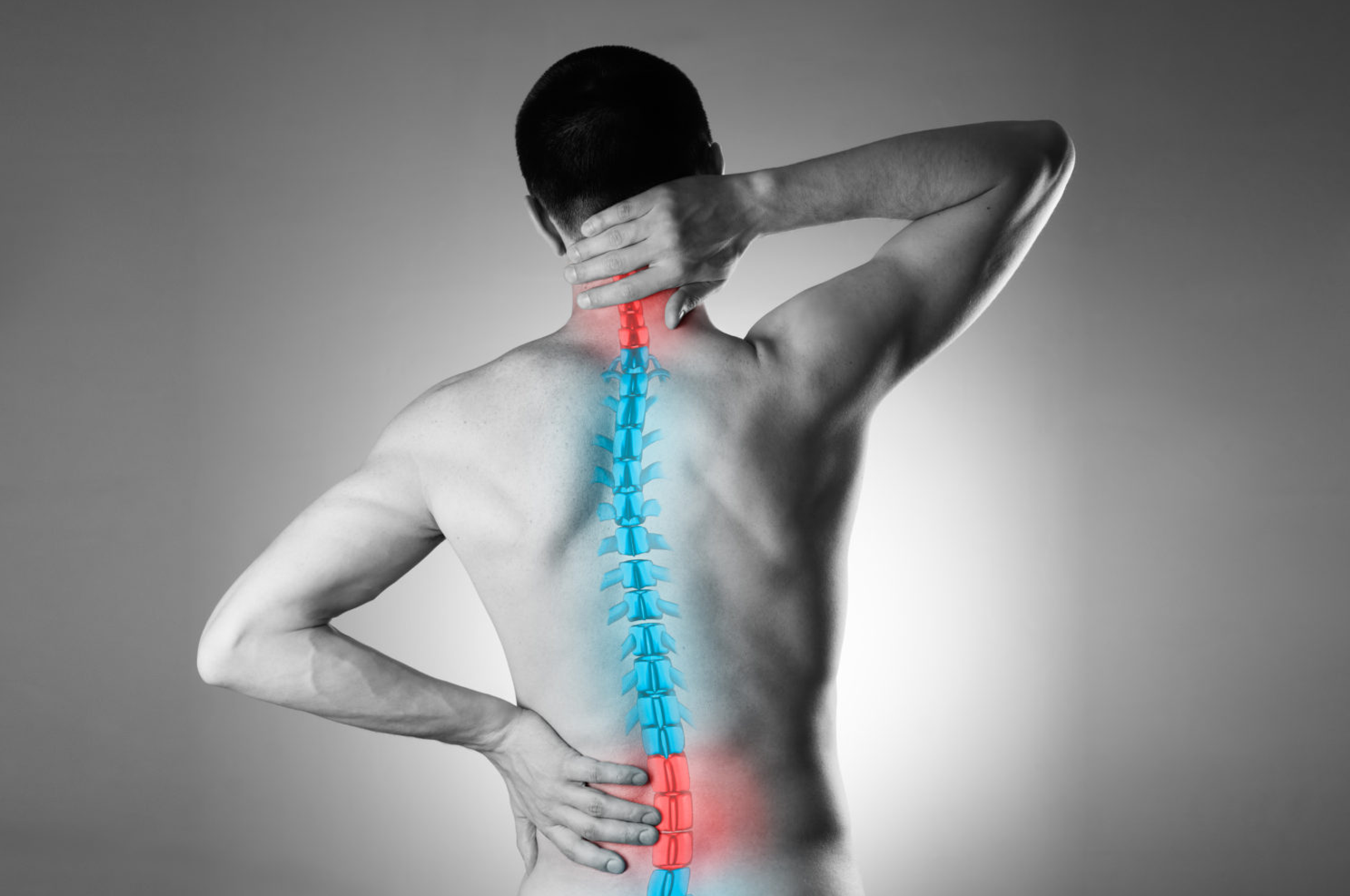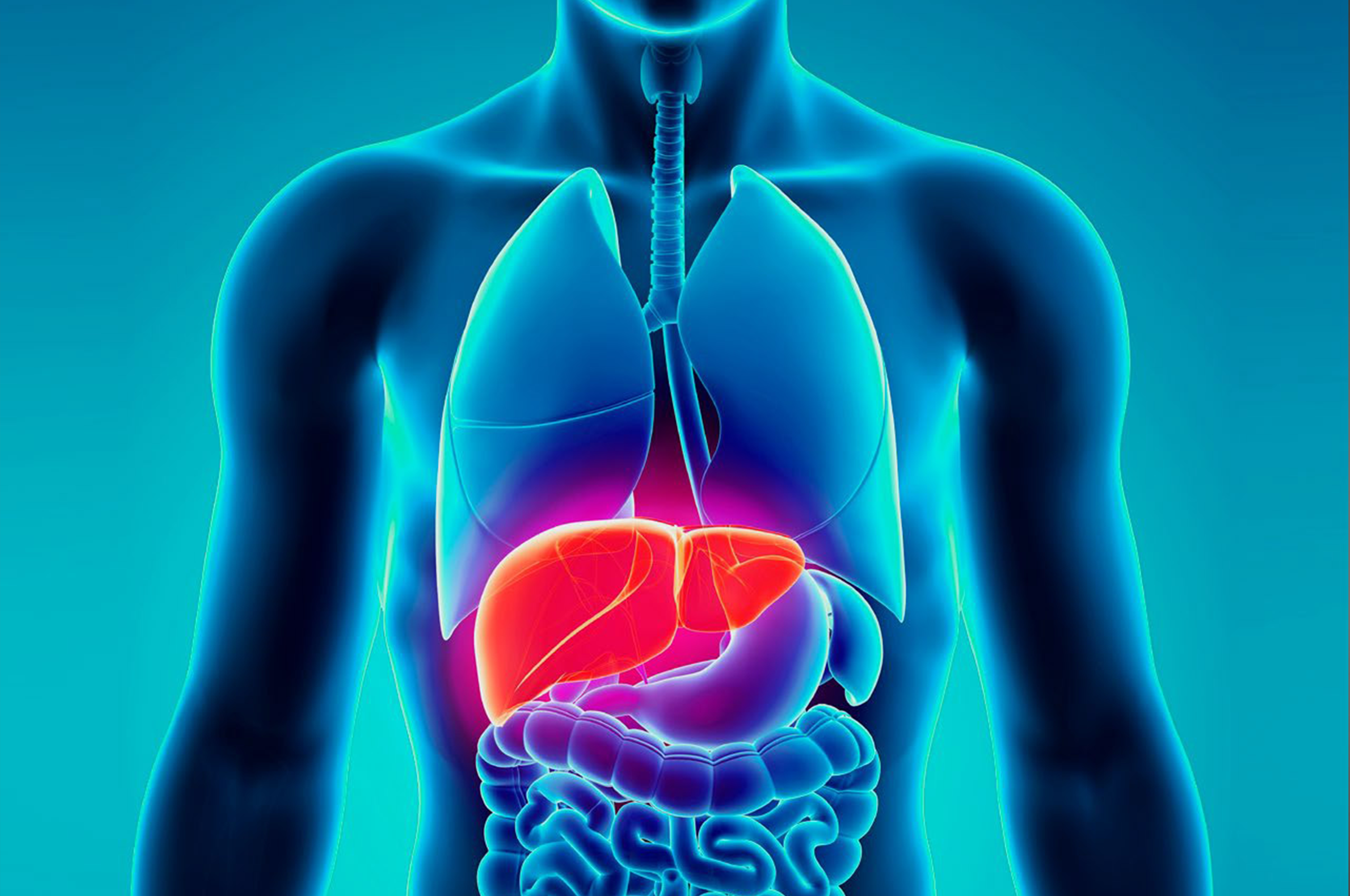Cowichan Valley Acupuncture

Meet Denise, Registered Acupuncturist
What is Acupuncture?

Customized Treatment Plans
What We Offer
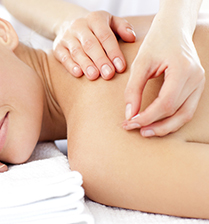
Acupuncture
-
Pain Relief
-
Holistic Balance
-
Stress Reduction
-
Enhanced Energy
-
Improved Sleep
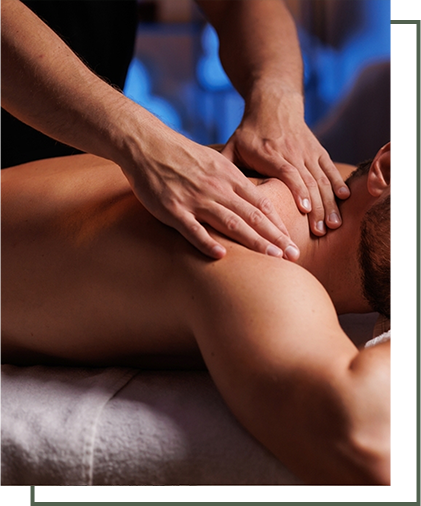
Tui Na (Traditional Chinese Massage)
-
Acupressure Benefits
-
Muscle Relaxation
-
Improved Energy
-
Stress Reduction
-
Enhanced Mobility
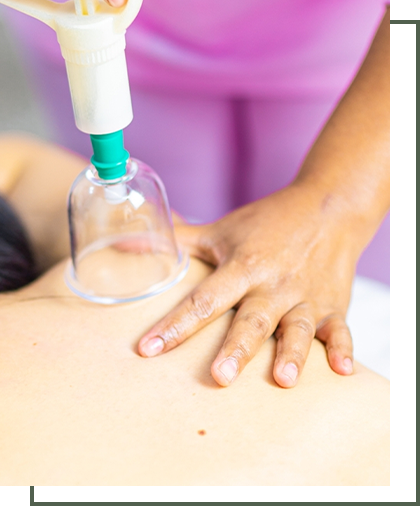
Cupping
-
Increased Circulation
-
Muscle Relaxation
-
Detoxification
-
Pain Management
-
Stress Reduction
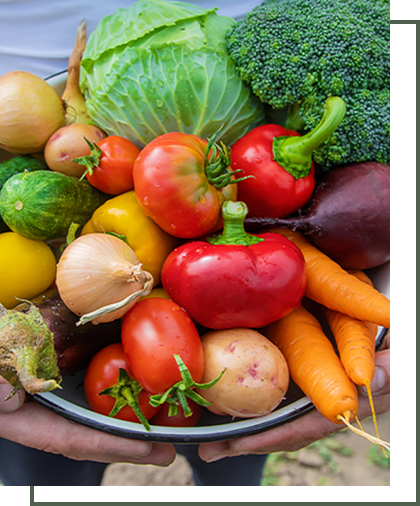
Chinese Dietary Therapy
-
Balanced Nutrition
-
Digestive Support
-
Energy Boost
-
Overall Wellbeing
-
Health Conditions Management
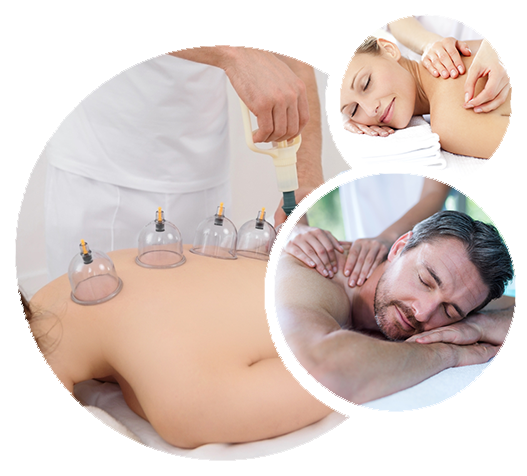
WHY CHOOSE COWICHAN VALLEY ACUPUNCTURE?
- 20+ years of experience
- Safe, simple, and gentle treatments
- Customized treatment plans for every patient
- Chinese Medicine Dietary Therapy options
- Distal Acupuncture Options: Great for conditions too painful to touch, acute injuries, and Fibromyalgia.
FAQs
When tiny, sterile acupuncture needles are inserted into the skin and muscle a cascade of biochemical responses occur such as enhanced endorphin production which activates the body's opiate receptors, causing an analgesic (pain relieving) effect.
Acupuncture also dilates blood vessels and softens muscle spasms which then allows increased blood flow into previously starved muscle tissue, resulting in oxygen and nutrient rich tissues to assist healing.
Neuromodulators are opiod peptides, and four of them have been confirmed to release during an acupuncture treatment. (Han J, Terenius L. Neurochemical basis of acupuncture analgesia. Annual review of Pharmacology and Toxicology, 1982;22:193-220.)
One of these opiod peptides, beta-endorphin, plays an important role in acupuncture analgesia, or pain relief. Endorphins, which are substances produced in the brain, block the sensation of pain. Studies have shown that beta-endorphin is released in patients while receiving acupuncture, whereas the control group (participants who did not receive acupuncture), did not experience an increase in this neuromodulator. (Clement-Jones V, et al. Increased betaendorphin but not met-enkeph-alin levels in human cerebrospinal fluid after acupuncture for recurrent pain. Lancet, 1980 Nov 1;2(8201):946-949.)
What all of this means is that Acupuncture may decrease pain, and may assist with the management of internal medical conditions such as Headaches, High Blood Pressure, Gastrointestinal conditions, PMS, and much more.
When acupuncture is administered by a skilled Registered Acupuncturist, it is definitely a safe medical procedure with minimal potential side effects. Occasionally slight bleeding or bruising may occur, as with any needle penetration of skin, and this typically resolves quickly and does not cause discomfort in most cases.
Sterile, single use only needles are used at Cowichan Valley Acupuncture, and patient safety is our number one priority.
The majority of people who receive Acupuncture treatments experience a positive therapeutic response including pain reduction or improvement with an internal medical condition being treated.
Chronic conditions typically require more than a single treatment for significant improvement to occur.
If a patient has received several treatments and it is evident that there is minimal to no improvement of condition, an alternative form of therapy will be recommended. While this is rare, it is important to remember that not every medical procedure will work for everyone, 100% of the time.
Typically most patients experience little to no discomfort or pain when tiny Acupuncture needles are gently inserted into the skin and muscle. Occasionally, a slight sharp sensation may be observed by the patient upon insertion of the needle, and this quickly dissipates in most cases. If any lingering discomfort continues, the needle is withdrawn and typically the discomfort ceases.
It is recommended to minimize bodily movement throughout an Acupuncture treatment to avoid discomfort in the area where the needles are inserted. When muscles surrounding an inserted needle are activated, an uncomfortable sensation may be observed by the patient. In the majority of cases, when the movement stops, the discomfort also ceases.



